At 4:06 p.m. on Monday, the National Weather Service said that St. Lawrence, Franklin, Clinton, and Essex counties would experience a snow squall and showers until 4:45 p.m.
Snow showers were reported to be traveling east at 30 mph at 4:01 p.m. close to Dickinson and Potsdam. The meteorological service claimed that Potsdam was visible within a quarter mile of this snow storm. “Very low visibility will pose a hazard to motorists.”
Adirondack Regional Airport, Brushton, Malone Village, Norwood, Potsdam Village, Franklin, Dickinson, Potsdam, Pierrepont, Bangor, Parishville, Stockholm, Waverly, Malone, Hopkinton, Santa Clara, Bellmont, Brighton, Lawrence, and Brandon are among the places affected by the warning.
The weather service states that “dangerous driving conditions are likely to be produced by rapid visibility reduction and possibly icy roads.” It is not recommended to travel during this snowstorm. Reduce your speed and turn on your headlights to improve your vehicle’s visibility to onlookers if you are traveling in inclement winter weather. As the snow melts on the roads and swiftly refreezes, icy roads could result.
Visibility below a quarter mile is one of the hazards.
Snow squalls: Safety protocols and prevention tips
What are snow squalls?
Strong cold fronts are frequently linked to snow squalls, which are severe winter weather conditions. Even in the absence of a significant winter storm, they can swiftly cover roads with snow and ice. Even while these squalls usually last less than an hour and only produce light snow accumulation, their restricted visibility, strong winds, and quickly falling temperatures can make them dangerous. Unfortunately, in the past, these circumstances have played a role in catastrophic and occasionally fatal road accidents.
Understanding snow squalls vs. Snowstorms
A snowstorm and a snow squall differ primarily in their strength and length. Usually lasting 30 to 60 minutes, snow squalls are short yet fierce. A snowstorm, on the other hand, can last for several hours or even days.
Snow squall warnings
Like warnings for tornadoes or severe thunderstorms, snow squalls are quickly issued for specific locations. They provide vital, locally relevant information that can save lives. If there is a snow squall warning in your location, it is recommended to wait until the squall passes before driving.
Actions to take
When a snow squall warning is issued, people should heed the weather service’s instructions, which include the following crucial steps:
Avoid or postpone travel: It is best to wait until the snow squall has gone through your area before driving if a snow squall warning has been issued for your area. During snow squalls, roadways and highways are especially dangerous.
Reduce speed and improve visibility: If you’re already on the road during a snowstorm, put safety first by slowing down. To improve visibility for other vehicles and yourself, turn on your danger lights in addition to your headlights.
Keep a safe distance by giving the automobile in front of you plenty of space.
Steer clear of sudden braking: It’s also best to avoid applying the brakes too hard. This could lead to a loss of vehicle control and raise the possibility of a chain reaction collision on slick or icy roads.
Winter weather safety advice: Go to the weather service’s Winter Weather Safety page for detailed instructions on how to keep safe before, during, and after experiencing winter weather. This website provides helpful advice and safety measures to assist you successfully deal with the difficulties presented by winter weather.
Prepare your car: Take proactive steps to get your car ready for winter driving conditions before you leave. This entails making sure your car’s fluids are topped off and inspecting your tires, brakes, and lights. The difficulties of winter driving are better handled by a well-maintained car.
Important supplies for your car’s emergency kit: Make sure your car has a complete emergency kit that includes necessities like blankets, water, non-perishable food, a flashlight, and a first aid kit. To improve tire traction, don’t forget to have jumper cables, flares or a reflective triangle, ice scraper, a map, a car cell phone charger, and cat litter or sand. In the event of an emergency or unplanned breakdown while traveling, these provisions may prove to be quite beneficial.
In conclusion, putting one’s own safety first and following the weather service’s advice can greatly reduce dangers when a snow squall warning is in effect. People can travel through these winter dangers with more assurance and security if they are aware of them, plan beforehand, and remain alert.
United Robots offers a service called Advance Local Weather Alerts that gathers the most recent information from the National Weather Service using machine learning.

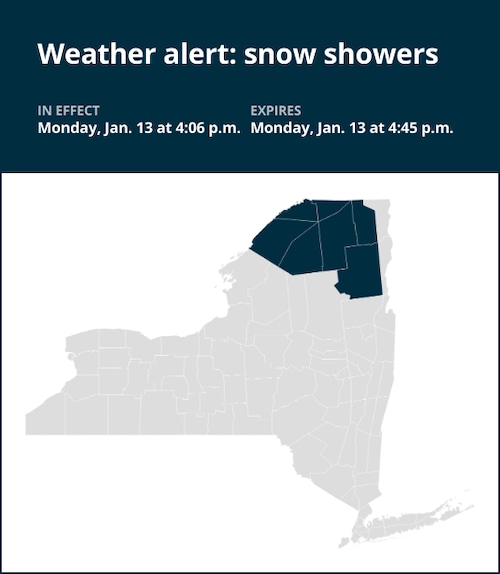
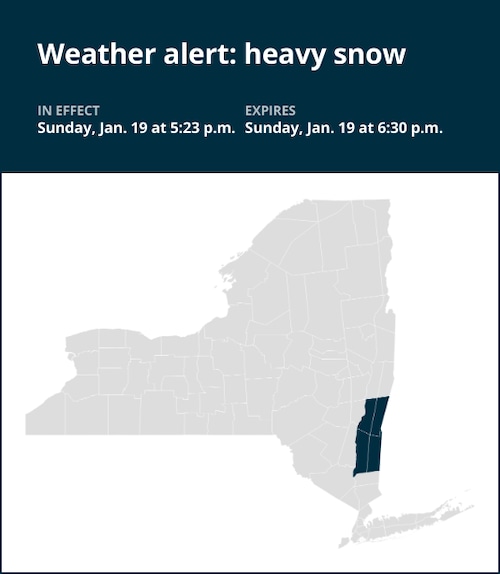
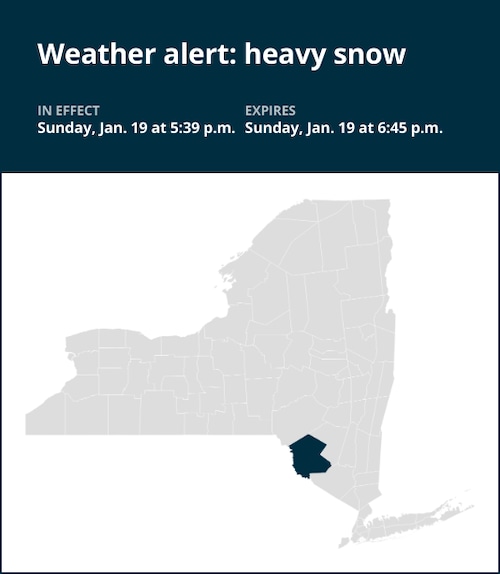
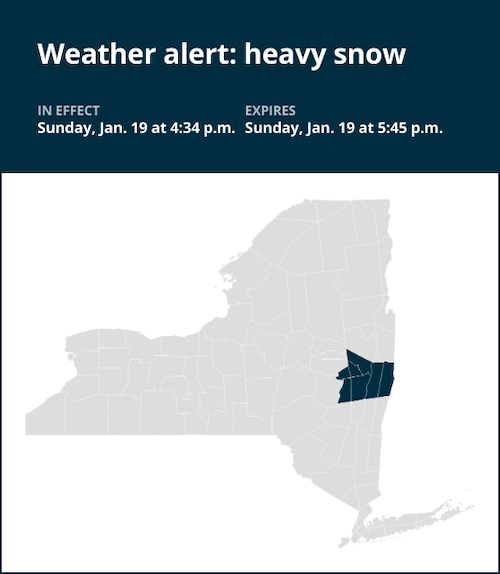
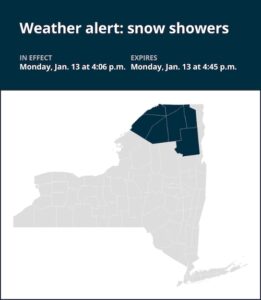
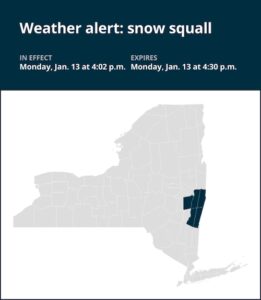
+ There are no comments
Add yours